Being a great UX designer takes more than just technical basics. Sure, you need to master skills like research, UI design, prototyping, interaction design, and usability testing. But these are table stakes. They’re what get you in — not what set you apart. The job market of today is flooded. And AI tools are getting scary-good at creating user interfaces.
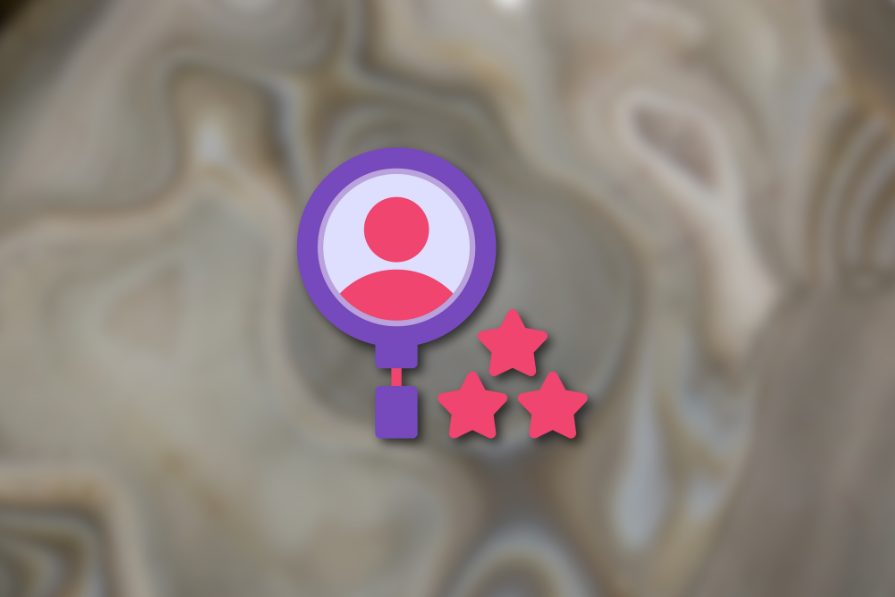
The UX title is shifting. Ask Duolingo, which rebranded its UX team to “Product Experience Designers.” The field is evolving fast, and you can either ride the wave or sink. If you want to future-proof your career, you need to start building skills that go beyond the screen. I’ll talk about those in this blog.
One way to grow beyond the basics of UX design is to become a specialist in the adjacent fields. These “specialist skills” will make you:
Why — It helps you move from guessing to knowing.
Data analytics for UX is one of the first skills I recommend that every designer invest in. This single skill is often enough to make a difference between an order-taking designer who waits for instructions or only uses intuition, and a truly informed designer who can identify problems, troubleshoot them, and measure the impact of the UX changes they introduce.
You don’t need to become a data analyst, of course. Just get comfortable with tools like Google Analytics, Amplitude, LogRocket, or Mixpanel. Figure out what your company uses. Poke around. Ask questions. Pull your own reports.
Over time, data becomes less intimidating — and a huge asset in your toolbox.
Why — You design for behavior change. CRO teaches you how to move people from point A to point B.
Funnel design and CRO are in high demand on the market.
I had been looking for a UX designer with experience in CRO for a couple of months before I found a suitable candidate.
I get it; it’s not glamorous and feels very marketing or sales-like. But guess what. It’s one of the few design skills directly tied to revenue — and that makes you valuable.
CRO teaches you how to craft funnels, design high-converting flows, and test hypotheses that actually matter to the business. Learn how to improve signups, reduce drop-offs, and guide users toward meaningful outcomes.
My go-to resource is the CXL’s conversion optimization mini-degree. A bit pricy, but worth it.
Why — It saves time, and your sanity.
AI isn’t replacing designers. But it is replacing a lot of repetitive design labor. If you want to stay competitive, you need to learn how to delegate the grunt work to machines and focus on high-leverage tasks.
My favorite uses of AI are:
And the best way to learn? Just think about an easy, repetitive, or time-consuming task you need to do often, and Google: “How do I do [X] with AI?” and go from there.
Why — No buy-in = no impact.
You can design the most brilliant experience in the world — but if you can’t get stakeholders on board, it’s dead on arrival.
Early in your career, you are typically assigned tasks. But then you start dealing with product managers, then directors, and eventually, you have to deal with C-level executives. The more senior you are, the more demanding people you need to satisfy.
You can’t expect PMs always to handle it.
Learn some basics on negotiation, pitching, storytelling, and conflict management. Practice and improve as you encounter roadblocks with challenging stakeholders.
Start with these three books:
Treat communication like a skill — because it is.
Why — Design is about emotion, not just function.
In theory, an understanding of human psychology is a crucial part of UX design and is essential for creating truly meaningful experiences.
Most designers read Hooked or Don’t Make Me Think and call it a day. But real insight comes from digging deeper — into motivation, memory, habit formation, and emotion.
The highest-leverage sub-skill you can learn is the concept of emotional design. It helps you create experiences that feel intuitive, trustworthy, and even delightful. It improves UX writing, flow design, and product tone. And it gives you tools to influence decision-making in ethical, effective ways.
A good bonus is that it also helps you explain why something works (or doesn’t) beyond just “vibes.”
As you advance in seniority, you should not only acquire more specialized skills but also develop into a more strategic designer. Companies don’t pay $200k+ salaries for people just to execute tasks. They expect strategic impact and truly meaningful impact.
Here are some skills that’ll help you do that:
Why — Design doesn’t start at the homepage.
Marketing is hot again. As Google’s AI overviews expand, SEO in UX design is becoming increasingly challenging and less viable as a channel for attracting users. This is forcing companies to invest in ads and paid acquisition to bring people to their sites, and my belief is that it will become even more visible as AI develops.
Why does that matter to you?
Designing for paid traffic is different than designing for organic traffic. People who come from SEO are low-intent traffic, meaning you usually focus on providing the immediate value they were looking for, with the hope they’ll come back in the future, while nudging them every now and then on how awesome your premium offering is.
Paid traffic, on the other hand, brings a different breed of people:
In this setup, designers collaborate closely with marketing and product teams to create a cohesive user journey that begins outside the product. It’s a different type of design process.
Start by learning how paid acquisition and ad-based marketing work. Then learn how to design landing pages that work with particular ads. Then, how to build a user journey and onboarding for users who came from this landing page.
You are now a funnel strategist, not just a designer.
Why — Strategy lives at the intersection of product, design, and business.
Whether you’re interested in becoming a product manager or not, it’s essential to have a basic understanding of product management.
This will not only help you collaborate more effectively with product managers, but most importantly, will enable you to understand how UX contributes to the broader company goals. It’ll in turn allow you to:
The good thing is that you probably already have the basics, as there is a lot of overlap between UX and PM.
The three areas that you should invest in the most are product strategy, growth loops, and monetization models.
Reforge offers a wealth of resources on the topic, ranging from $ 2,000 courses to free webinars and articles.
Why — Brand shapes user expectations before they ever land in your product.
At first glance, brand strategy might seem like a distinct specialization altogether (which is partly true). But it’s also beneficial to get well-versed in it as a UX designer.
Brand strategy impacts aspects such as tone of voice, positioning, and direction of the unique selling proposition. All of these factors impact the type of users who come to your product and what they expect from it. Not only does brand strategy inform how the user experience should look, but also your learnings from user testing and experiments inform what brand strategy makes most sense.
Effective collaboration between brand strategists and UX designers is essential for a mutually beneficial outcome. Not to mention that in smaller companies, UX designers also wear a brand strategist’s hat.
The Brand Strategy Fundamentals course is an excellent starting point to kick-start your brand strategy journey.
Why — Your influence scales through others.
As you grow in seniority, your biggest impact no longer comes from individual contributions, but from helping people around you deliver their best.
Even if you are not a UX manager per se, less experienced designers will look to you for support, and you’ll be expected to guide others in the right direction.
The better mentor you become, the greater your impact will be.
Read The Coaching Habit. Join ADPList. Practice listening, asking better questions, and helping others succeed.
Great mentors create better teams — and stronger design cultures.
That’s probably one of the most frequent questions on UX career development out there.
Although opinions on this topic differ, my personal take is — only if you really want to.
Yes, it helps with dev handoffs. Yes, it’s fun. But becoming a good enough coder to build real products is a huge investment. And for most designers, it’s not the best ROI. Unless you’re:
Otherwise, the skills listed in this article will give you a much higher ROI on your time.
Although some basics are helpful to talk with developers — Figma’s autolayouts and components follow a similar structure to HTML and CSS. And for coding and frontend web design, it’s often enough.
AI is raising the bar — not replacing the bar. It’s automating the easy stuff. Which means designers who only offer visual polish or UI skills are at risk of being commoditized.
It won’t change the demand for designers, though. A UX designer who can analyze data, pitch ideas, design for conversion, collaborate cross-functionally, and mentor others? That person isn’t going anywhere.
You can become AI-resistant. You just need to invest in the right skills.
LogRocket's Galileo AI watches sessions and understands user feedback for you, automating the most time-intensive parts of your job and giving you more time to focus on great design.
See how design choices, interactions, and issues affect your users — get a demo of LogRocket today.
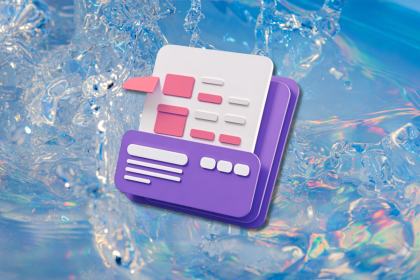
Small actions can have large consequences in complex systems. Here’s how UX designers can manage dependencies so users feel informed and in control rather than blocked or blindsided.
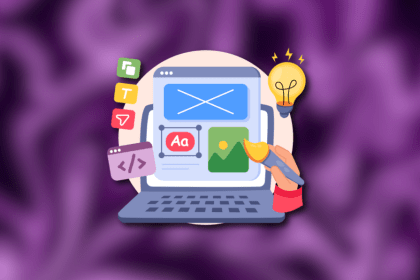
This article examines when hero sections are necessary in digital products, when they create friction, and how to evaluate them using UX goals, primary actions, user flow impact, and real-world alternatives.
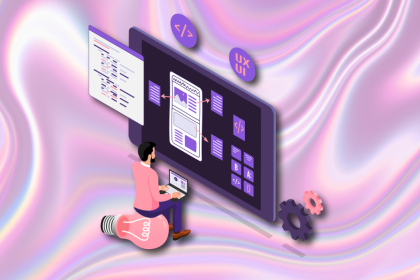
AI speeds up tasks like research synthesis, ideation, and first-draft wireframes, but it can’t replace clarity, taste, or decision-making. Here’s a grounded look at what AI actually does well in UX right now.
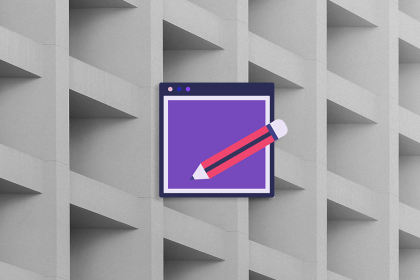
Discover how to craft UX-friendly hero sections with examples, design tips, and strategies that drive engagement and conversion.